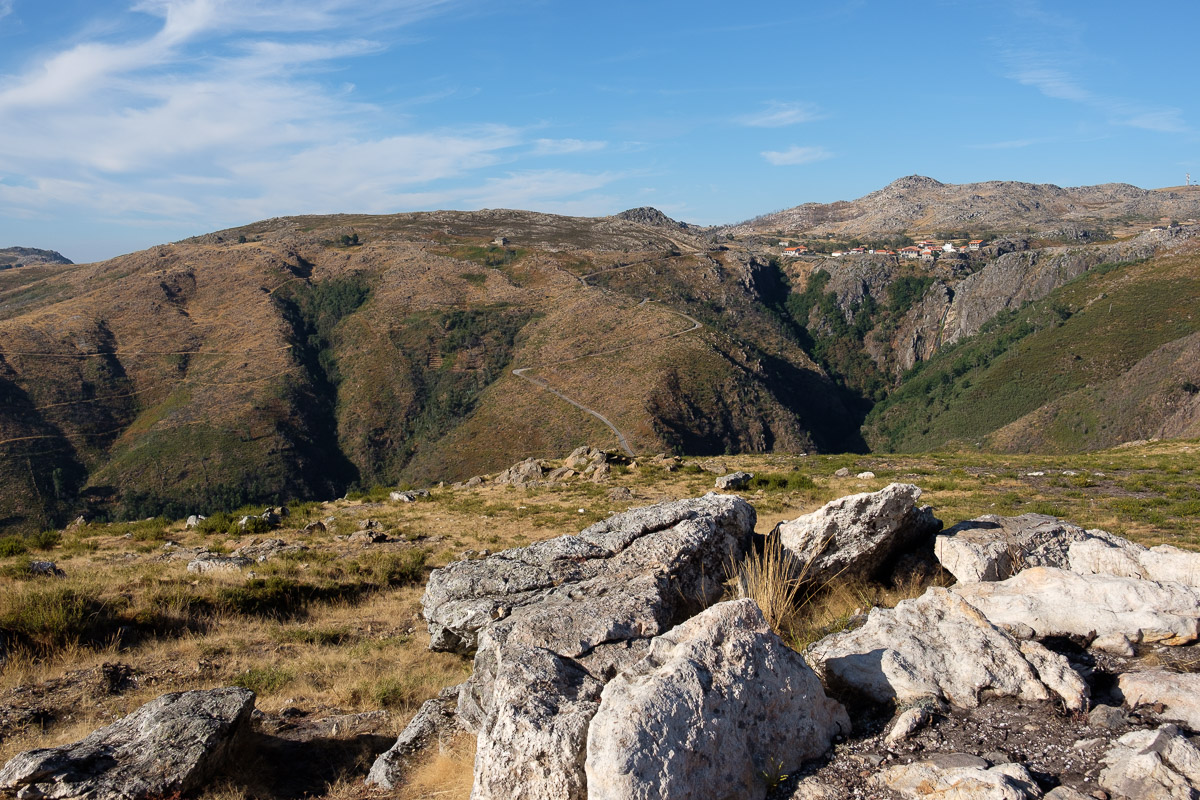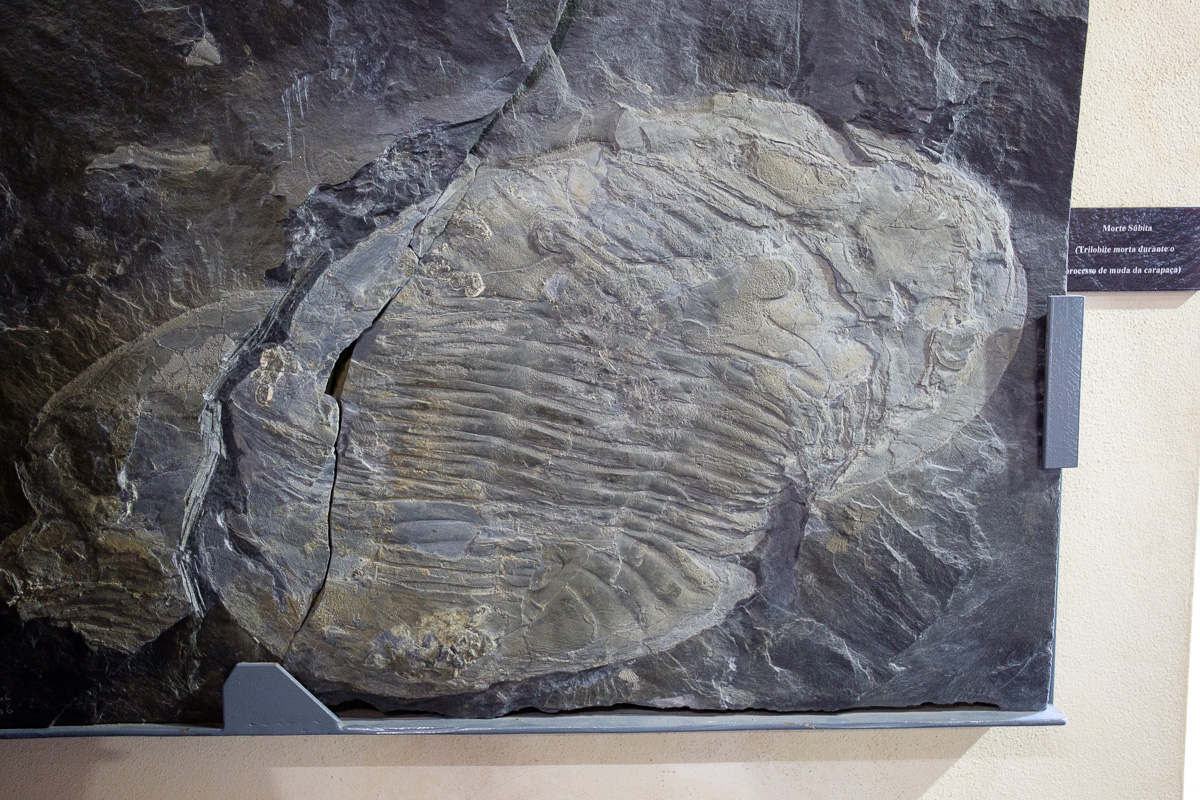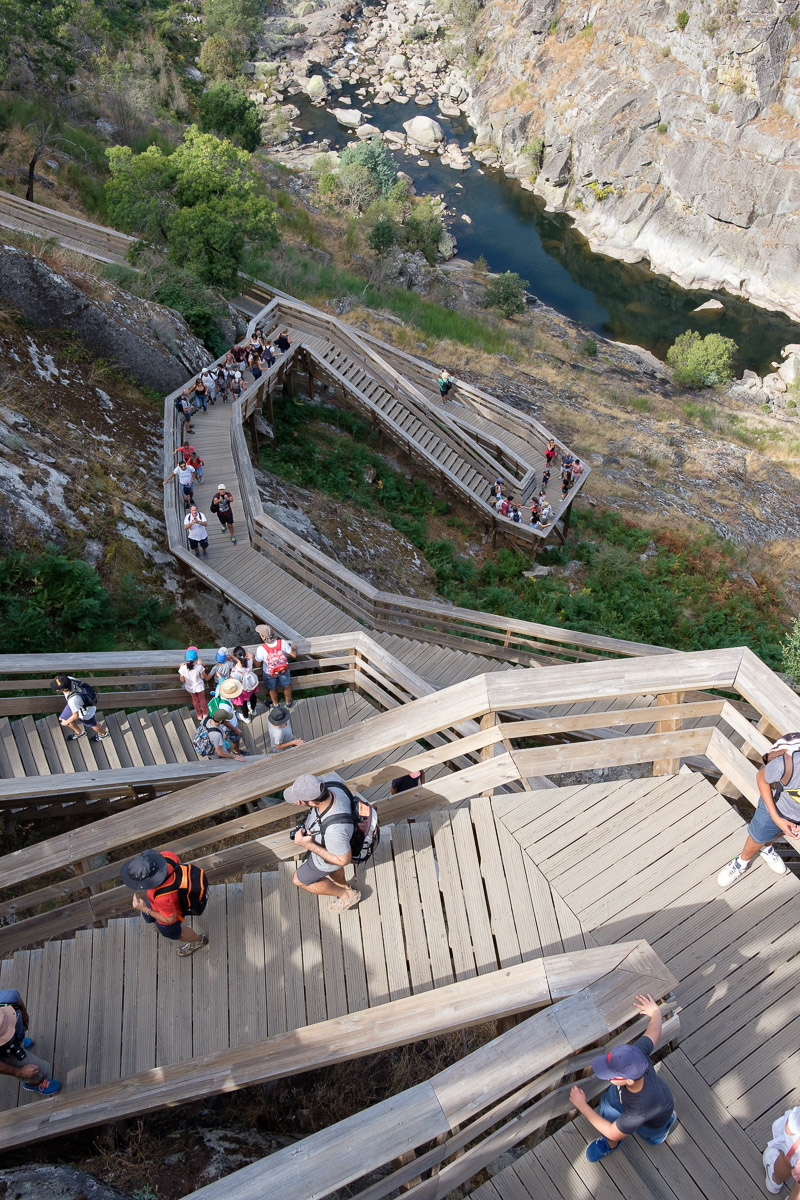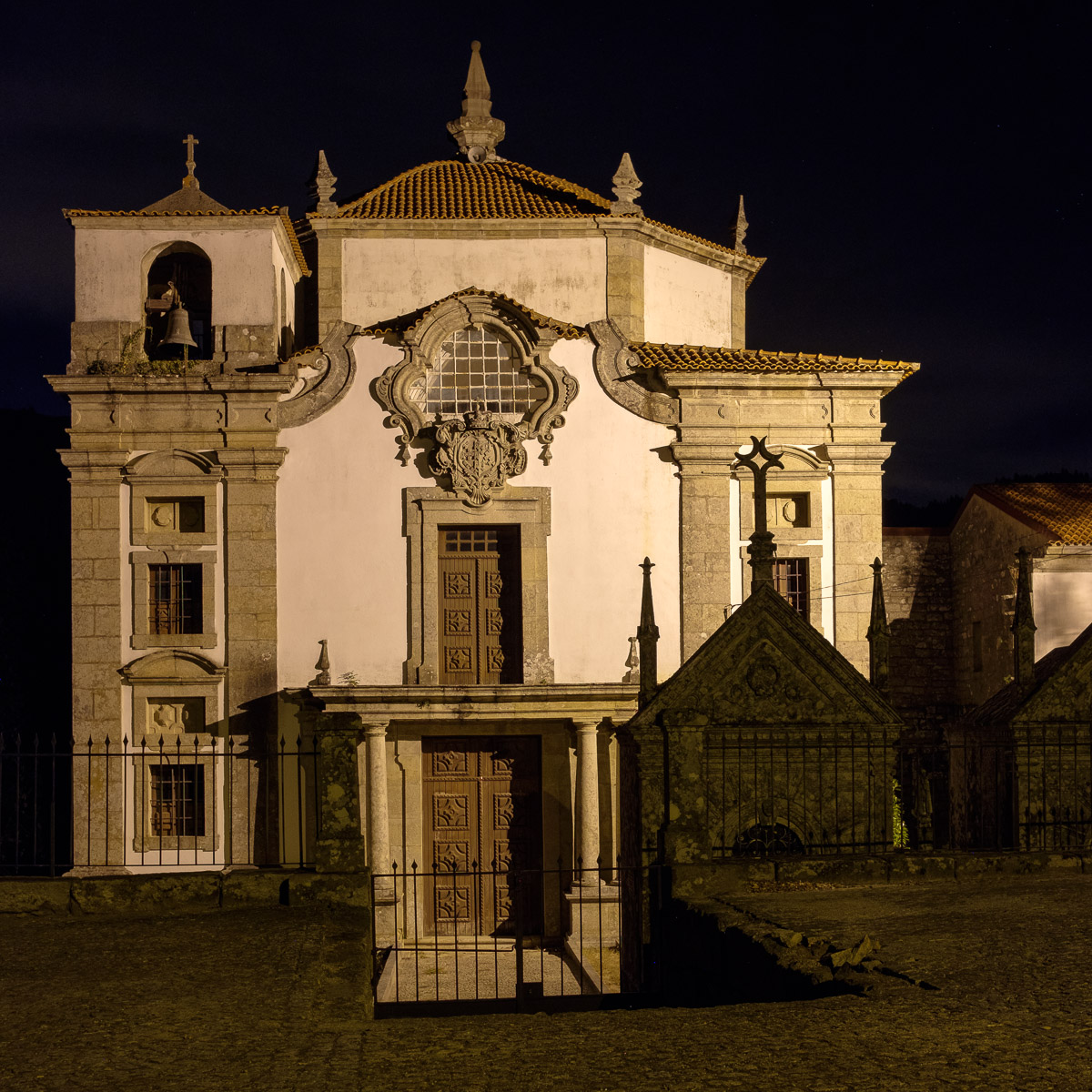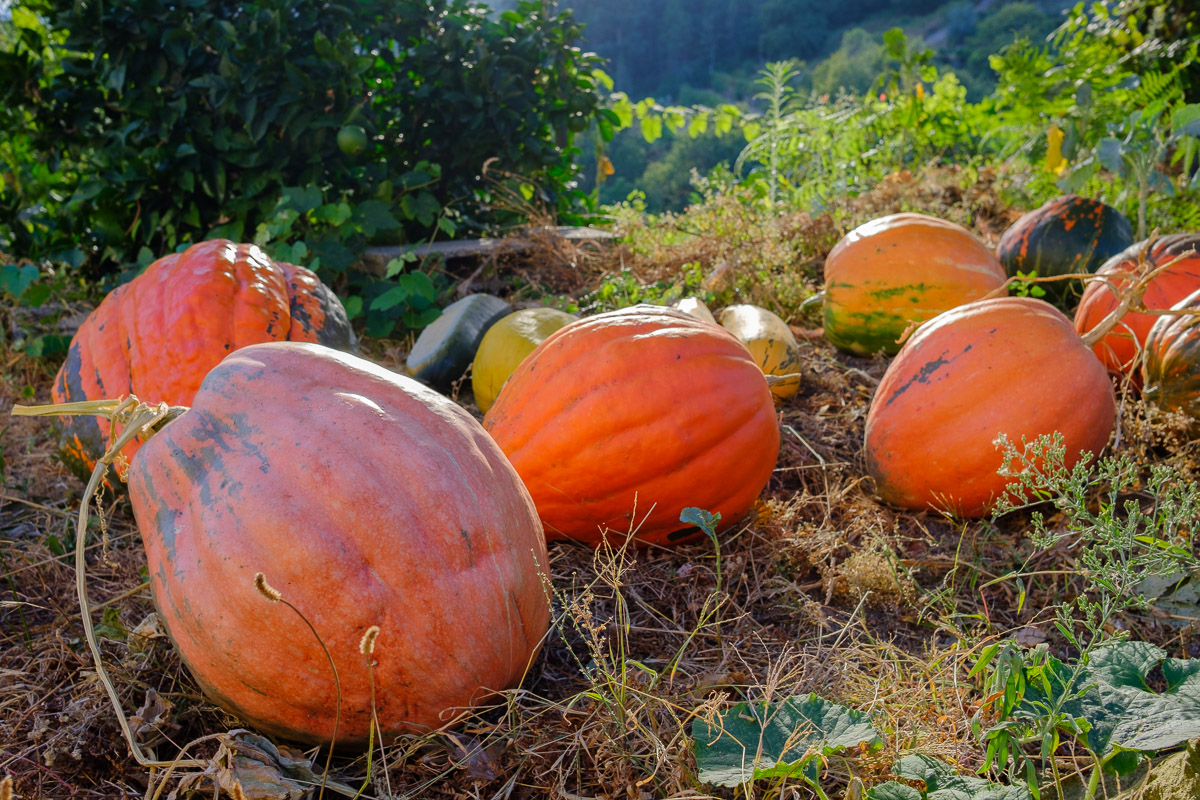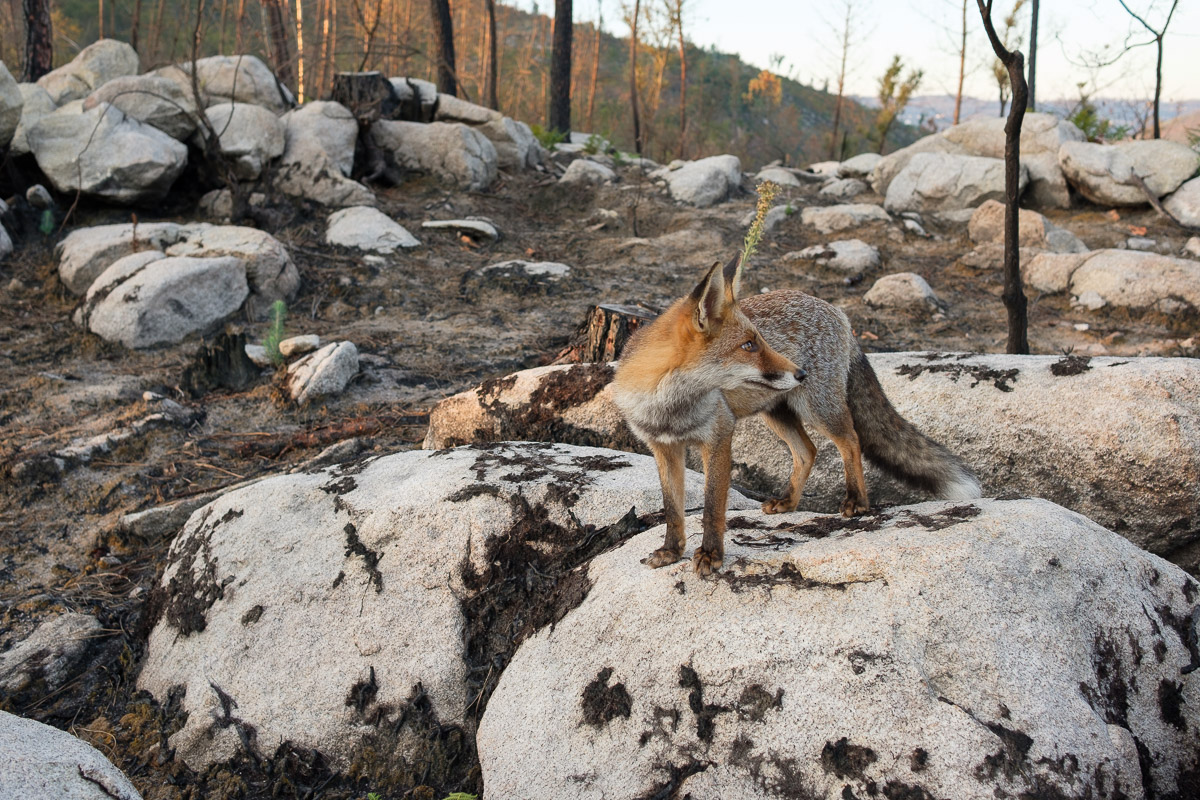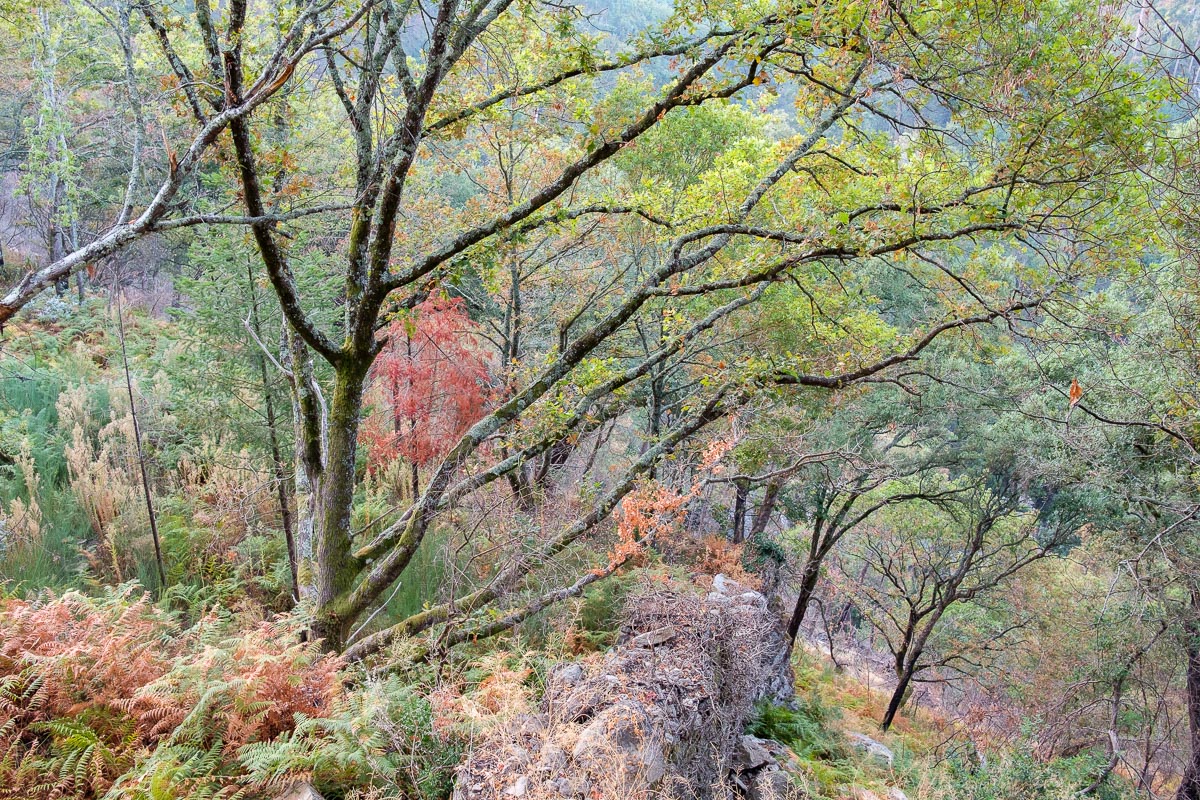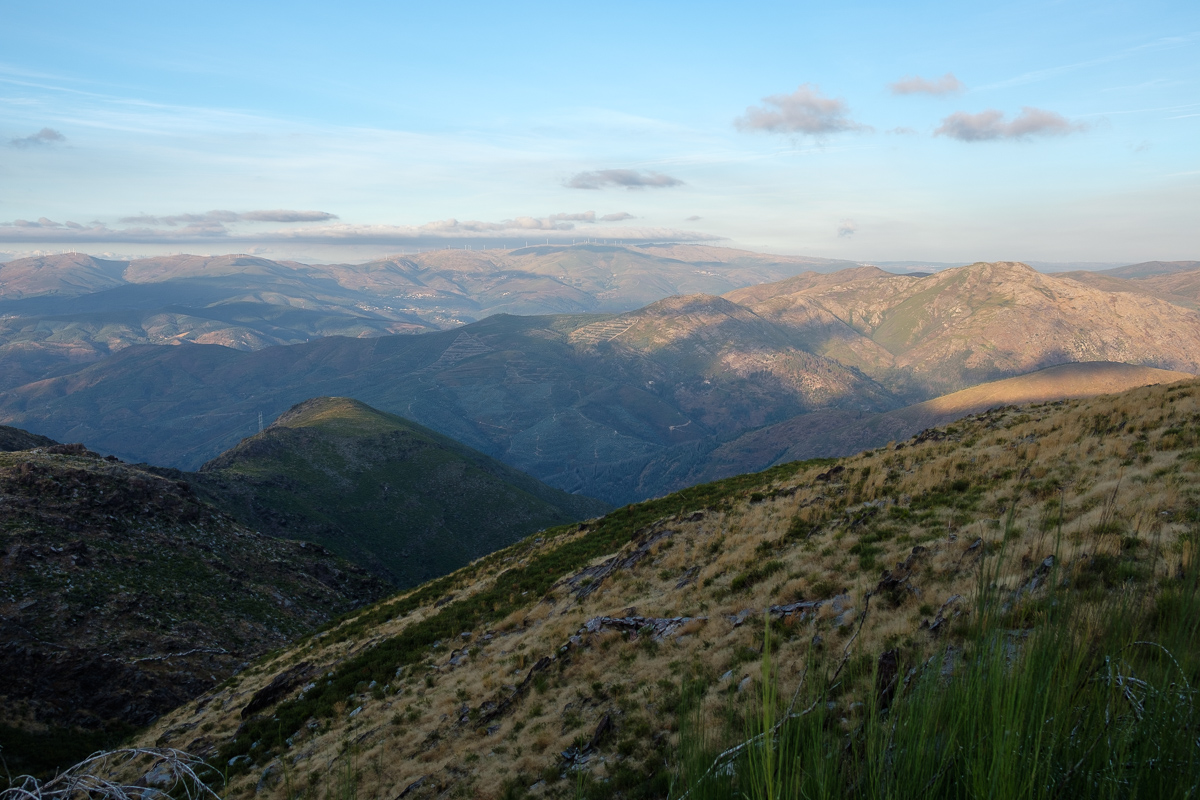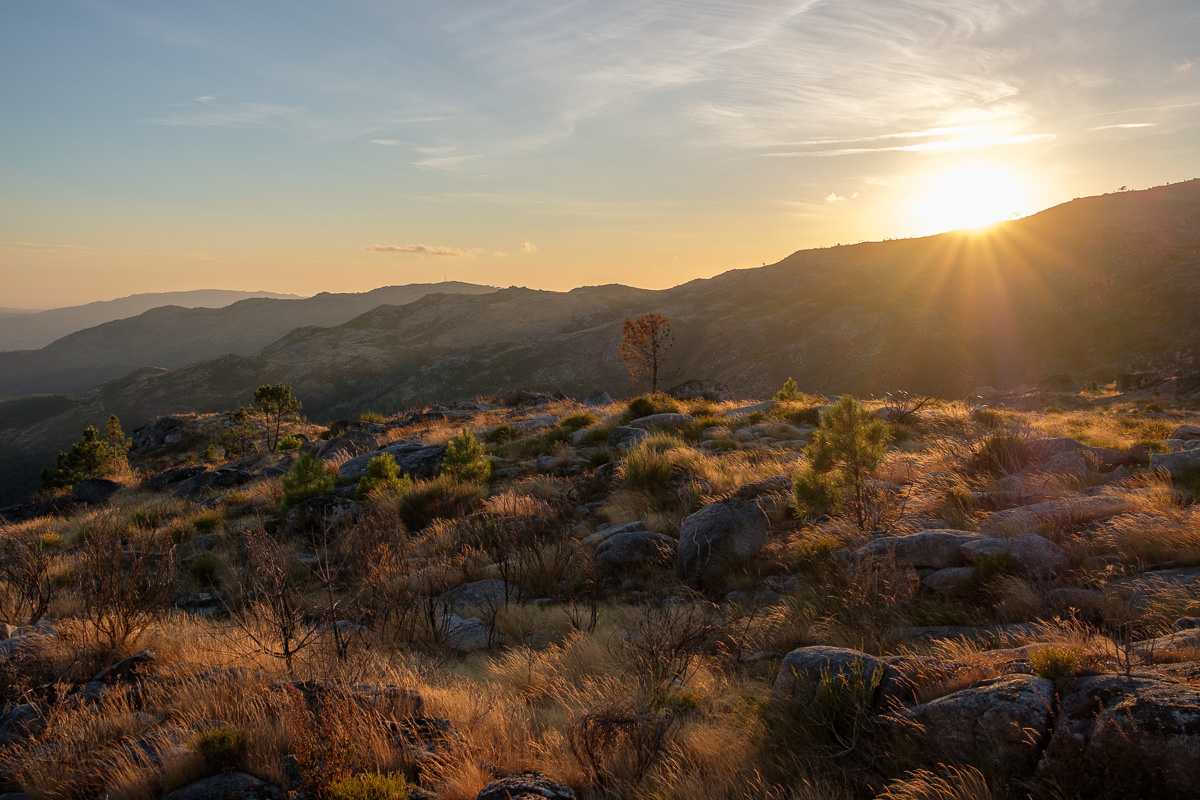Taking advantage of a bank holiday, I have recently visited the Serra da Freita region, in northern Portugal. This has been in my “to-do” list for quite some time, as the area, albeit small, is rich in cultural, geological, and landscape heritage. The rugged terrain, made of granite, quartzite, and schist, has been settled by Man since pre-historic times; today, many of the isolated and picturesque small villages are deserted, or only have a small number of (old) inhabitants. People have left for better jobs in the coastal cities.
Despite this, the local municipalities are making strong efforts to renew the region, based on its core attractions: local culture, natural & historical heritage, trekking, gastronomy, are key elements that concur for a unique experience
I planned my visit around two of the main attractions in the area: Passadiços do Paiva and Arouca Geopark. You can learn more about them here: http://aroucageopark.pt/en/
The Paiva river is one of the least polluted in Europe, and now it can be appreciated at close range by walking along the Passadiços, a wooden walkway 8km long that is quite popular. It is part of the Arouca Geopark, a network of a dozen or so spots that provide a unique insight into the early (Palaeozoic) history of our planet.
The surrounding countryside and landscape are a feast to the senses, with the sounds, smells, and large mountain vistas that are visible at each turn of the twisting roads. The road network is more than adequate, and traffic is scarce. Sometimes, after another turn, a small village, no more than a dot in the landscape, appears similarly out of nowhere. Such was the case, for example, of Manhouce, a small rural village that in recent years has become famous thanks to some local traditional music. Just seeing the corn cobs drying in the sun along the road, the granite – built houses, feels like going back in time.
I experienced some of the most beautiful landscapes of my life in front of the Frecha da Mizarela, the highest waterfall in Portugal. To fully capture the scenery, I decided to shoot several frames, to be later stitched. That day would end at the top of Serra da Gralheira, basked in the golden light of the sunset.
In terms of photographic gear, for this trip I wanted to keep simple, so I only carried one camera with one prime lens, i.e. the Fujifilm X-Pro 2 and 23 f/2 lens. This is a high quality and small package, that I carried in my backpack, together with food, drinks, and travel tripod.
